Children and toxics don't mix. We understand your concerns and want to answer any questions you may have about keeping your children safe from lead in candy, including:
Facts about candy with lead
Why might lead be present in candy?
What are symptoms of lead poisoning in children?
Where can I find a list of candies that have been tested for lead?
Should I discuss lead in candies with my healthcare provider?
What is being done about lead in candy?
More questions, more information

- Lead has been found in some chili and tamarind candy and some candy wrappers
- Lead damages children's brains and causes irreversible development problems
- It is against the law to sell candy that has more than .1ppm lead in California
Why might lead be present in candy?
Some candies brought into the United States may contain lead, coming from lead-containing inks found in wrappers, unwashed chilis or acidic, lead-laden spices (tamarind, chili powder and paprika, to name a few).
What are symptoms of lead poisoning in children?
Children can be poisoned by lead without looking or acting sick. As a result, lead poisoning may go unrecognized. A blood-lead test is the best way to determine the diagnosis of lead poisoning.
Potential signs and symptoms of lead poisoning in children include:
- Learning disabilities
- Reduced IQ
- Hyperactivity
- Aggressiveness
Click here to learn more about lead-poisoning in children.
Where can I find a list of candies that have been tested for lead?
You can find a list of candies that have been tested for lead here. You may contact the California Department of Public Health for more information.
Patients and families should be well informed before ingesting any candy. A blood-lead level test is the most readily available method to evaluate lead exposure.
Should I discuss lead in candy with my healthcare provider?
Yes. Many cases of childhood lead poisoning occur in children under the age of six from sources other than candy, such as lead-based paint, paint chips, dust, dirt and/or glazed pottery. Such exposures are normally augmented by hand-to-mouth behavior during normal child development. Environmental Health Coalition recommends testing children once a year until age six.
Candies are likely to be ingested well beyond the recommended ages for screening, however. As a result, many cases of lead poisoning in older children, pre-teens, and adolescents may be missed. If this is a concern for you, ask your healthcare provider about a blood-lead test.
What is being done about lead in candy?
- Environmental Health Coalition advocated for years to enact a California law that removes lead from candy by requiring frequent lead-level testing and a change in candy manufacturing processes
- The California Food and Drug Branch continually monitors candies for traces of lead
- Manufacturers are regularly audited to ensure safe production of candies
- Standards are being raised statewide: to be certified as lead free in California, companies must have their candy tested for lead and checked by an independent food quality auditor
- When lead is found in candy, a recall warning is sent out by the California State Health Department. Get more information here.
You can find more answers to your concerns about lead in candy here.
If your question was not answered, you have several options.
- Call or Esta dirección de correo electrónico está siendo protegida contra los robots de spam. Necesita tener JavaScript habilitado para poder verlo. Environmental Health Coalition - (619) 474-0220
- Contact your County Lead Prevention Program: Find your local prevention program here
- Contact the California Childhood Lead Poisoning Prevention Branch:
- 850 Marina Bay Parkway, Building P, Third Floor, Richmond, CA 94804
- (510) 620-5600


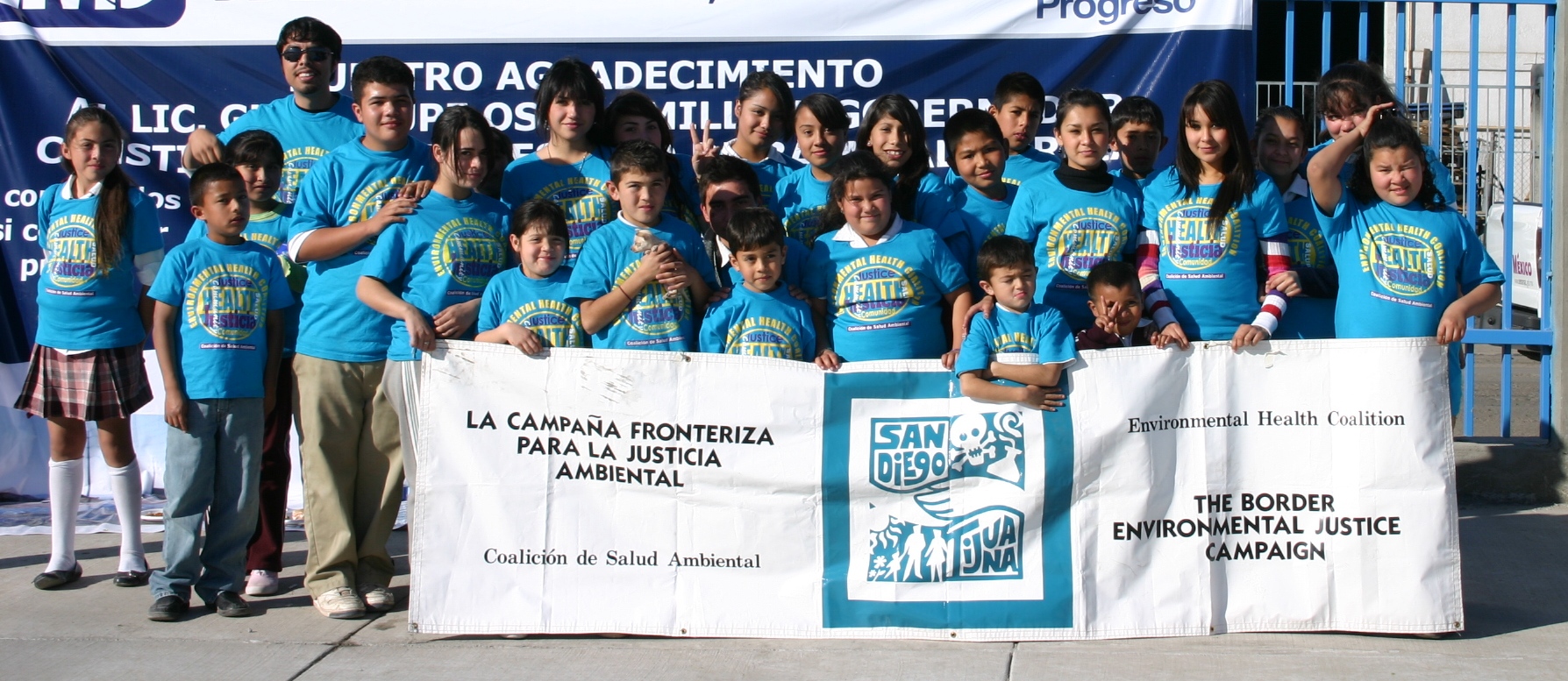
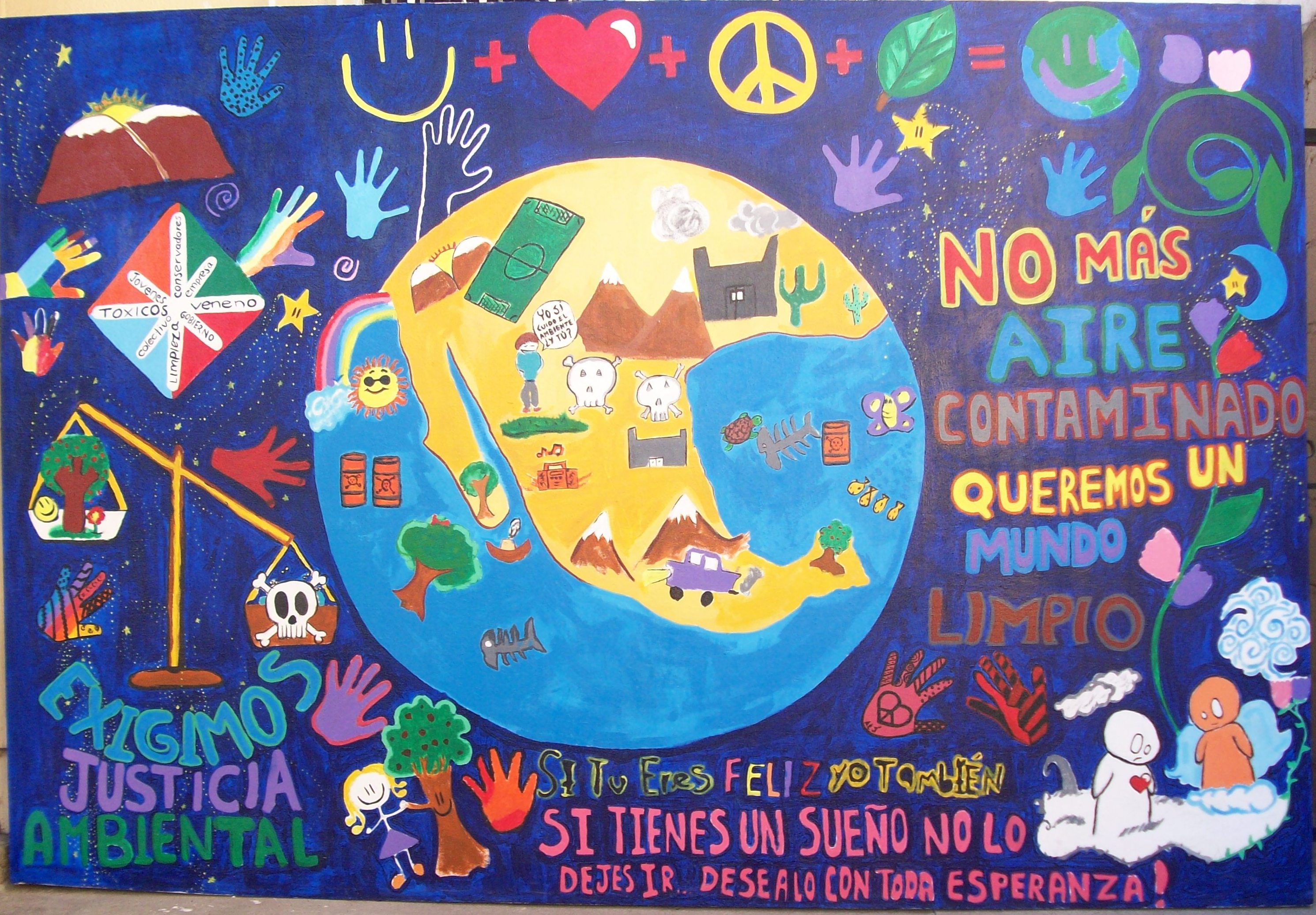
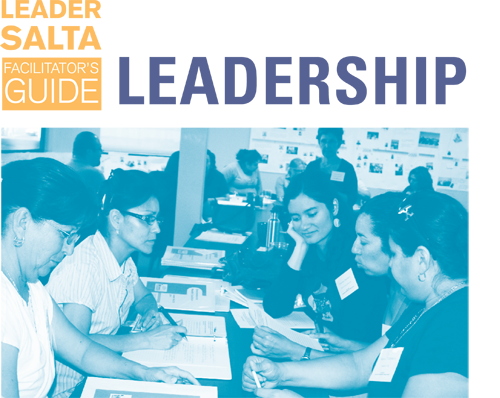
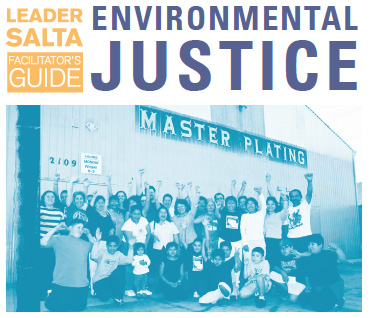
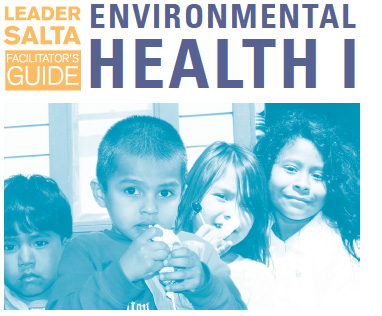
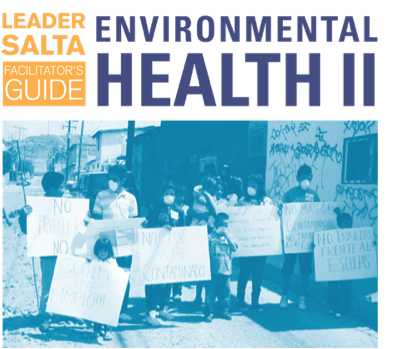
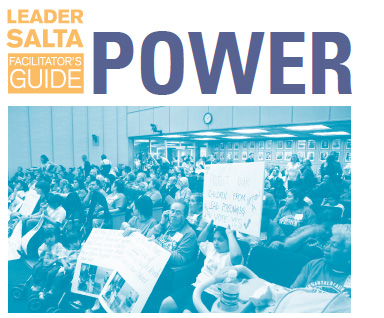
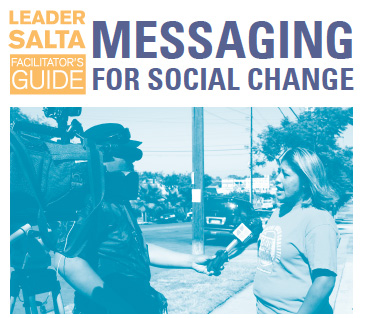
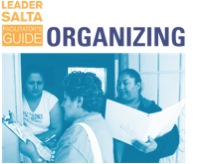
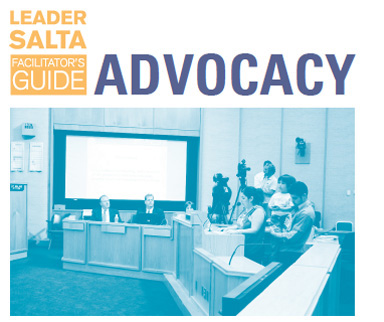
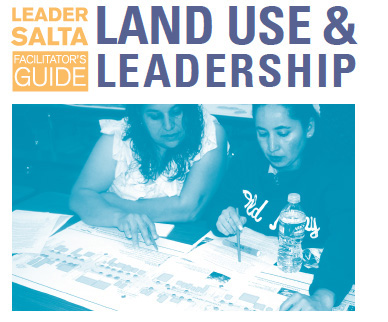
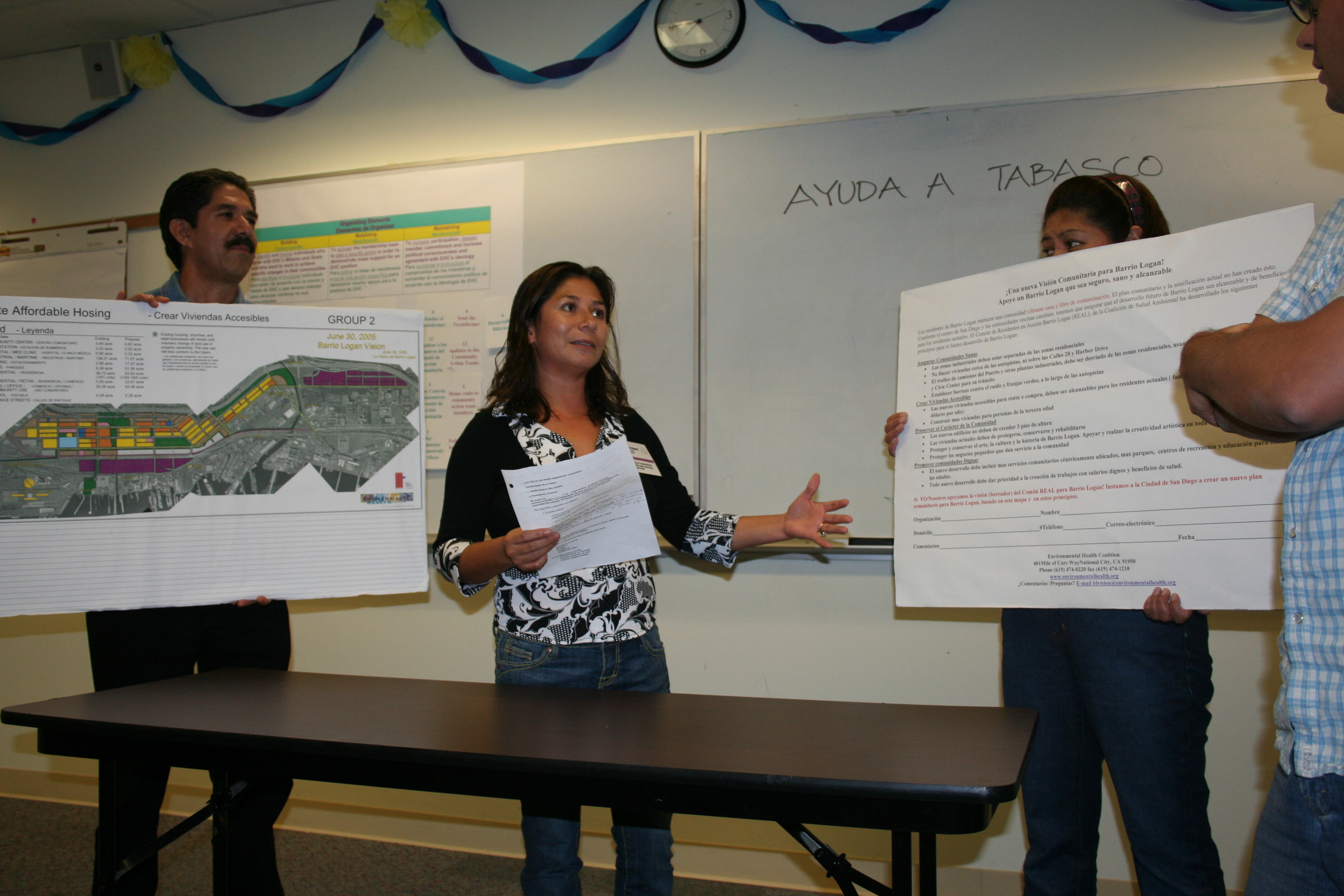 Authentic community involvement in every aspect of community planning and visioning leads to better outcomes that respect neighborhoods and their residents. EHC’s core strategies for all our efforts include community organizing and policy advocacy, which we combine with grassroots leadership development, research and communications to implement each strategic plan. To ensure that the community’s voice is heard, EHC employs the following tactics:
Authentic community involvement in every aspect of community planning and visioning leads to better outcomes that respect neighborhoods and their residents. EHC’s core strategies for all our efforts include community organizing and policy advocacy, which we combine with grassroots leadership development, research and communications to implement each strategic plan. To ensure that the community’s voice is heard, EHC employs the following tactics: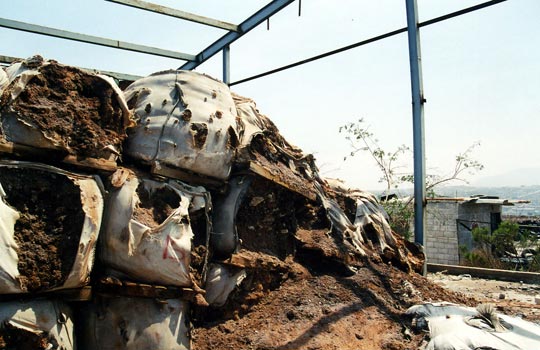 Con la globalización corporativa, el comercio y la contaminación han aumentado a lo largo de la frontera de Estados Unidos y México. Tratados como el TLCAN fallan en responsabilizar a las corporaciones contaminadoras o en proporcionar recursos para la protección ambiental.
Con la globalización corporativa, el comercio y la contaminación han aumentado a lo largo de la frontera de Estados Unidos y México. Tratados como el TLCAN fallan en responsabilizar a las corporaciones contaminadoras o en proporcionar recursos para la protección ambiental.